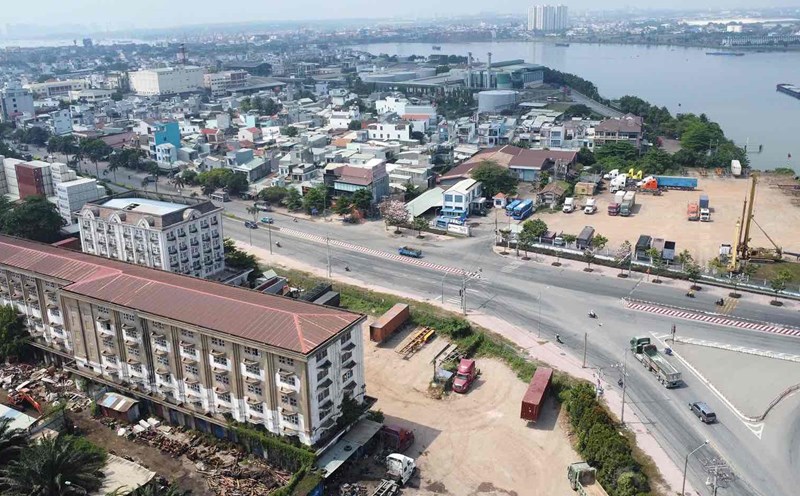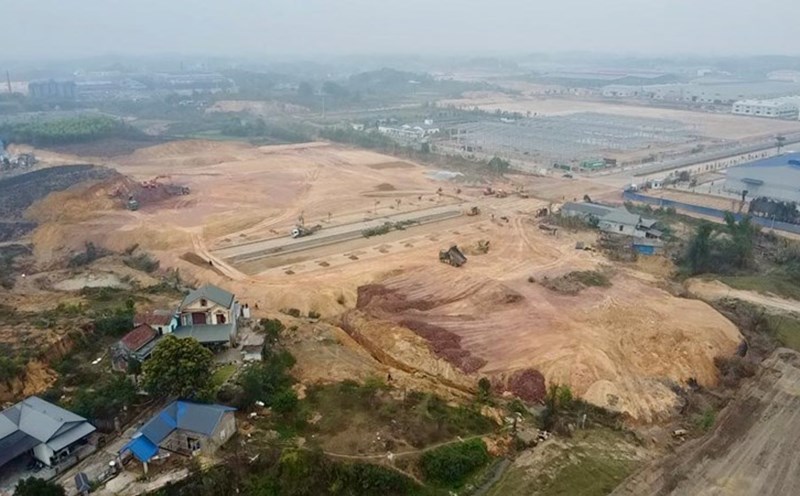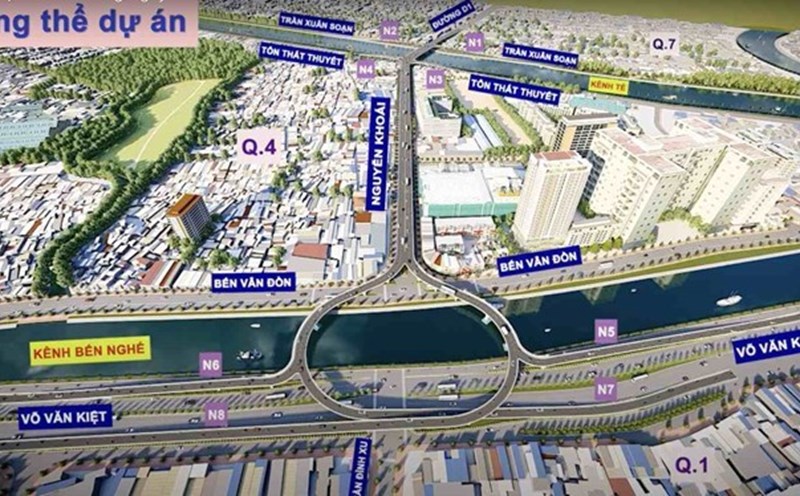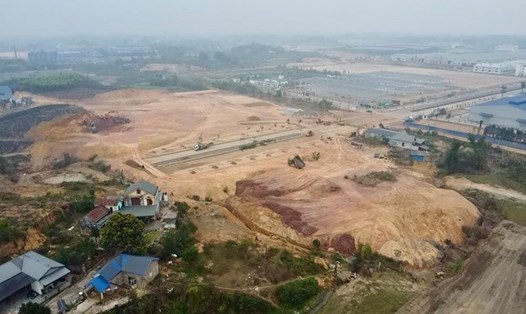Binh Duong Provincial Electronic Information Portal said that the province is considering adjusting the General Planning of Di An City until 2045.
Di An city has a natural urban area of about 60.05 km2, with a population of over 500,000 people. The population density is very high at 8,326 people/km2.
Di An city is located in the center of development bordering Dong Nai province and Ho Chi Minh City. The city has important traffic routes such as National Highway 1A, My Phuoc Tan Van Road, DT 743.
Currently, two major projects are being implemented passing through Di An city, Ho Chi Minh City Ring Road 3 and Ho Chi Minh City - Thu Dau Mot - Chon Thanh Expressway.
The project to adjust the general planning of Di An city until 2045 under the specialized planning is established according to the provisions of the Law on Urban Planning 2009.
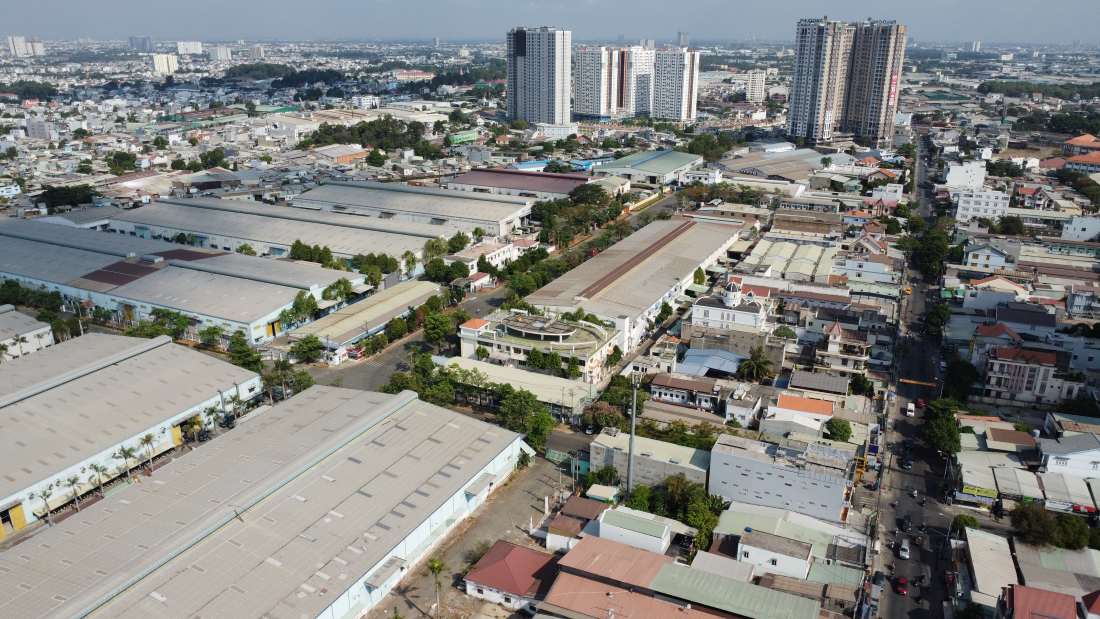
Adjust the general planning of Di An city until 2045, determine regional transport infrastructure, intra-regional transport, overpass planning, and elevated roads.
The general plan proposes 16 new urban development areas, 9 priority urban development areas towards urban beautification and 7 urban development areas towards urban reconstruction.
The city's general planning project identifies and allocates green land for urban public use of about 513 hectares.
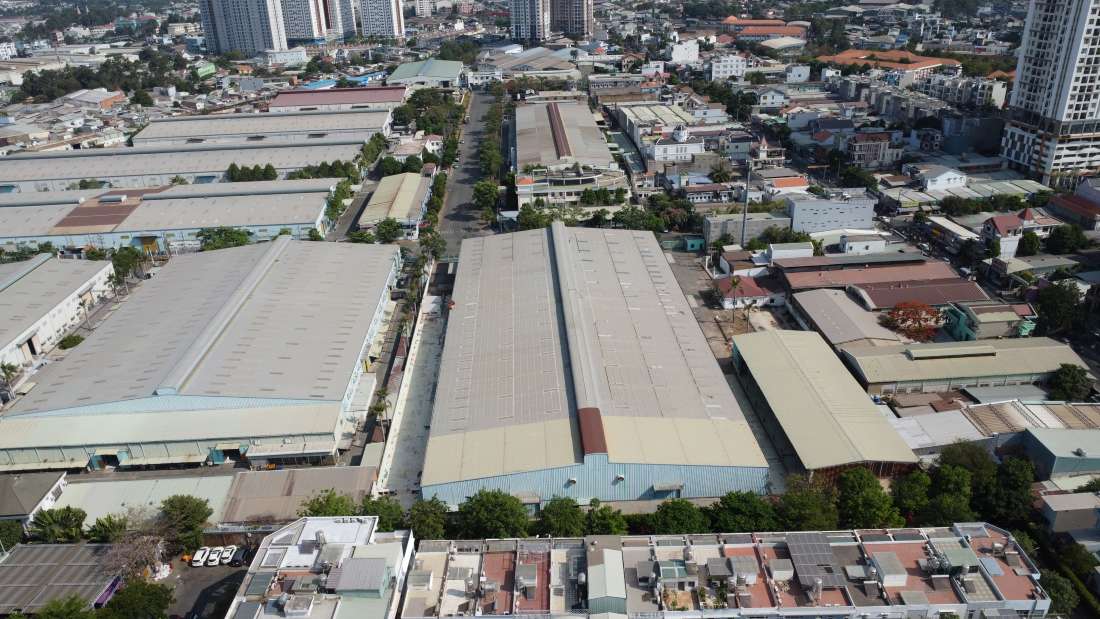
Di An city is the first locality to develop industry in Binh Duong province, currently having 6 industrial parks in operation. Surrounding industrial parks are residential areas and urban areas.
This adjustment to the general planning of Di An city refers to the gradual transformation of the functions of industrial parks.
In particular, Binh Duong Industrial Park will be relocated and converted to urban, commercial and service functions before 2030.
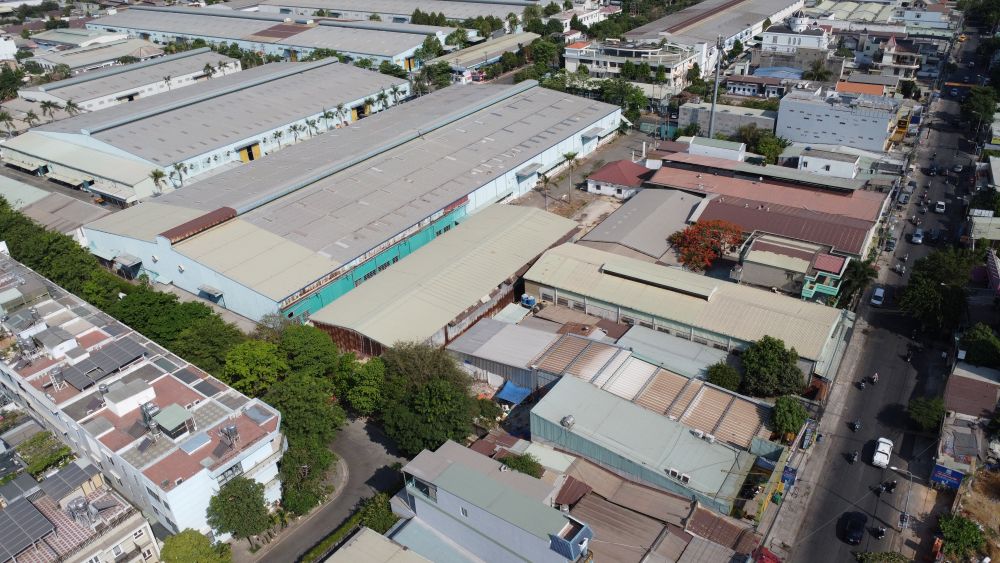
Then, change the functions of part or all of Binh An Industrial Park and Tan Dong Hiep A Industrial Park.
Converting the functions of part of Song Than 1 and Song Than 2 industrial parks and Tan Dong Hiep B industrial parks.
Gradually transforming the functions of industrial parks will create space for urban and service development. At the same time, it also creates a better living space for people in this developed urban area.

